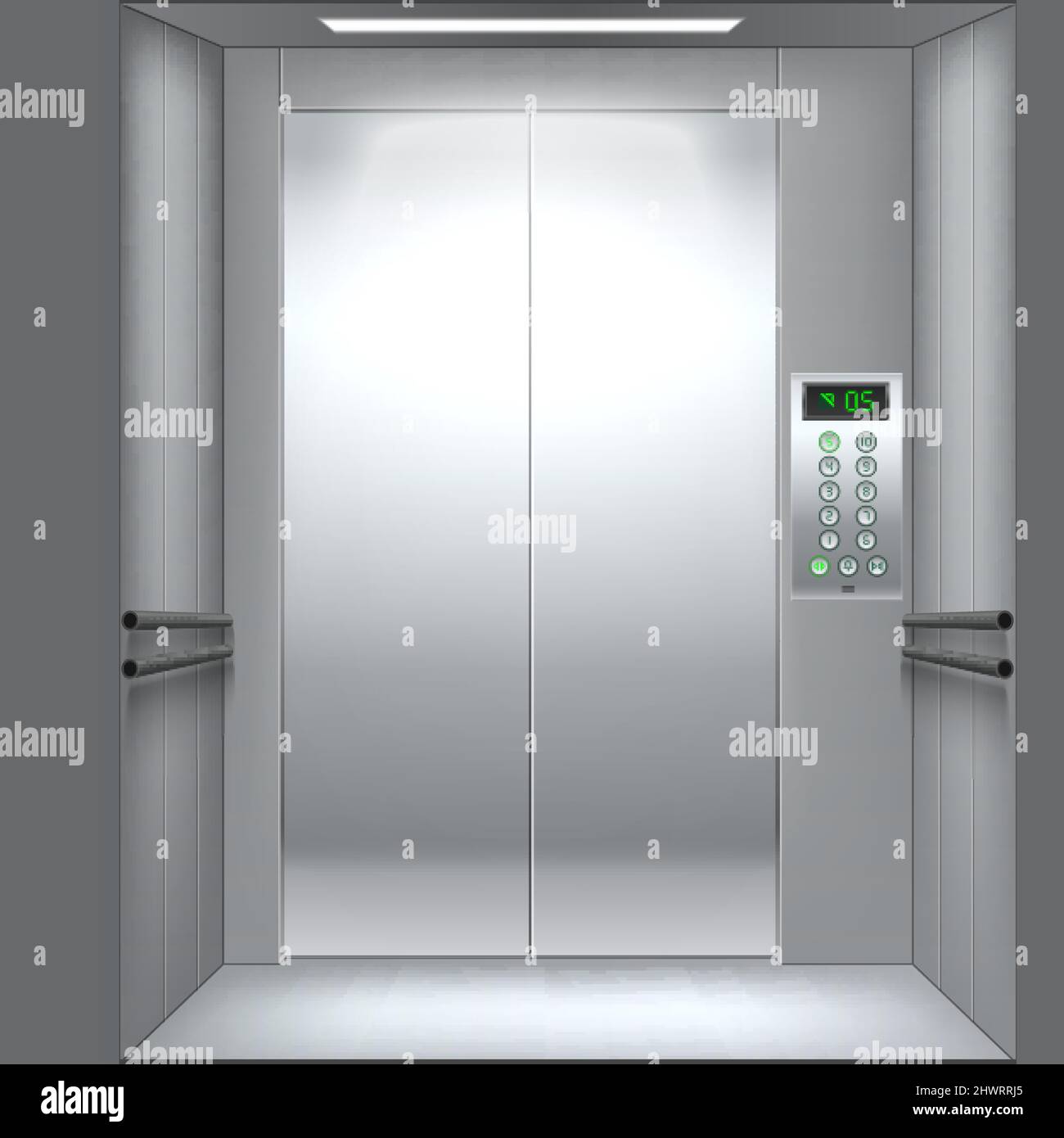Discover Dependable Lift Repair Near Me for Fast and Affordable Solution
Discover Dependable Lift Repair Near Me for Fast and Affordable Solution
Blog Article
Looking Into the Globe of Elevators: Typical Issues Faced by Different Lift Systems
As we navigate via the upright transport systems of modern-day buildings, elevators stand out as a vital part of our daily lives. From hydraulic lifts to grip systems and machine-room-less layouts, each lift kind comes with its collection of usual concerns.
Hydraulic Lifts
Hydraulic elevators, usually liked for low-rise buildings, utilize fluid pressure to manage the movement of the lift vehicle (lift repair companies). This system includes a hydraulic pump pushing oil into a cylinder, creating the lift to relocate the preferred direction. While hydraulic lifts are understood for their smooth and silent procedure, they do include their own set of typical issues
One prevalent problem with hydraulic elevators is oil leakage. The seals in the hydraulic system can wear over time, bring about oil seepage. If left unaddressed, this not only produces a mess yet can additionally impact the lift's efficiency. Furthermore, concerns with the control system, such as faulty shutoffs or a malfunctioning pump, can cause disturbances in the lift's activity.
Regular upkeep and prompt repair work are vital to make sure the smooth functioning of hydraulic elevators. By dealing with these usual concerns proactively, building owners can decrease downtime and make certain the security and efficiency of their upright transport system.
Traction Lifts
When taking into consideration upright transport systems in buildings, an additional typical kind other than hydraulic lifts is the grip lift. Traction lifts operate utilizing a system of ropes and weights that relocate the elevator vehicle by grasping onto the hoist ropes. This mechanism permits smoother and faster vertical transportation contrasted to hydraulic systems.
Among the common problems dealt with by grip elevators is rope wear. The consistent motion of the ropes within the grip system can lead to deterioration over time, potentially causing the lift to breakdown or become hazardous for use. Normal evaluations and upkeep of the ropes are necessary to guarantee the elevator's proper performance and safety.
One more concern that traction elevators might encounter is associated with the control system. Problems with the control system can result in concerns such as unpredictable activity, delays in action times, and even total shutdowns. Normal testing and upkeep of the control system are important to protect against such issues and make sure the elevator's dependability.
Machine-Room-Less (MRL) Elevators

One of the key parts of MRL lifts is the compact gearless grip maker that is set up within the hoistway. This equipment efficiently drives the elevator auto without the demand for bulky devices discovered in typical grip lifts. Additionally, MRL elevators usually use a weight system to balance the auto, further navigate to this website improving their energy effectiveness.
In spite of their advantages, MRL lifts might face challenges associated to repair and maintenance due to the confined area for tools setup. Availability for servicing components within the shaft can be limited, needing specialized training for service technicians. Proper upkeep schedules and regular evaluations are critical to make sure the ongoing smooth operation of MRL lifts.
Overloading and Weight Limitation Issues
Overwhelming and weight limitation problems are important issues in elevator operations. Lift suppliers design raises with specific weight capacities to guarantee passenger safety and equipment longevity.
When lifts are overloaded, it puts excessive stress on the motor, wires, and various other elements, potentially causing failures or malfunctions. If they detect excess weight, safety systems such as sensing units and overload sensors are in place to stop elevators from relocating. In addition, going beyond weight restrictions can lead to increased power intake and damage on the lift system.
To mitigate straining problems, constructing supervisors must investigate this site plainly show weight limits in elevators and educate passengers on the significance of sticking to these constraints - lift repair companies. Normal upkeep checks by certified technicians can also aid make certain that lifts are running within secure weight specifications. By attending to overloading and weight limitation concerns proactively, structure proprietors can improve lift safety and security and efficiency
Electric System Failings
Surpassing weight limitations in lifts can not only lead to mechanical issues but also possibly add to electrical system failures within the lift infrastructure. Electric system failings are a crucial concern in elevator operation, as they can create unforeseen shutdowns, breakdowns, or also security hazards.
Regular maintenance and inspections are vital to recognize and attend to prospective electrical issues without delay, making certain the reliable and safe procedure view it now of elevator systems. By adhering to weight limits and conducting regular electric system checks, building owners can minimize the danger of electrical failings in elevators.
Conclusion

Hydraulic elevators, usually preferred for low-rise buildings, utilize fluid pressure to regulate the movement of the elevator cars and truck.When taking into consideration vertical transportation systems in structures, an additional common kind aside from hydraulic lifts is the traction elevator. Traction elevators run making use of a system of ropes and weights that move the lift auto by gripping onto the hoist ropes. Unlike traditional elevators that need a different equipment space to house the devices, MRL elevators integrate most of the parts within the shaft, getting rid of the demand for a dedicated machine room.In final thought, lifts face typical issues such as hydraulic malfunctions, grip system failings, and electric system troubles.
Report this page